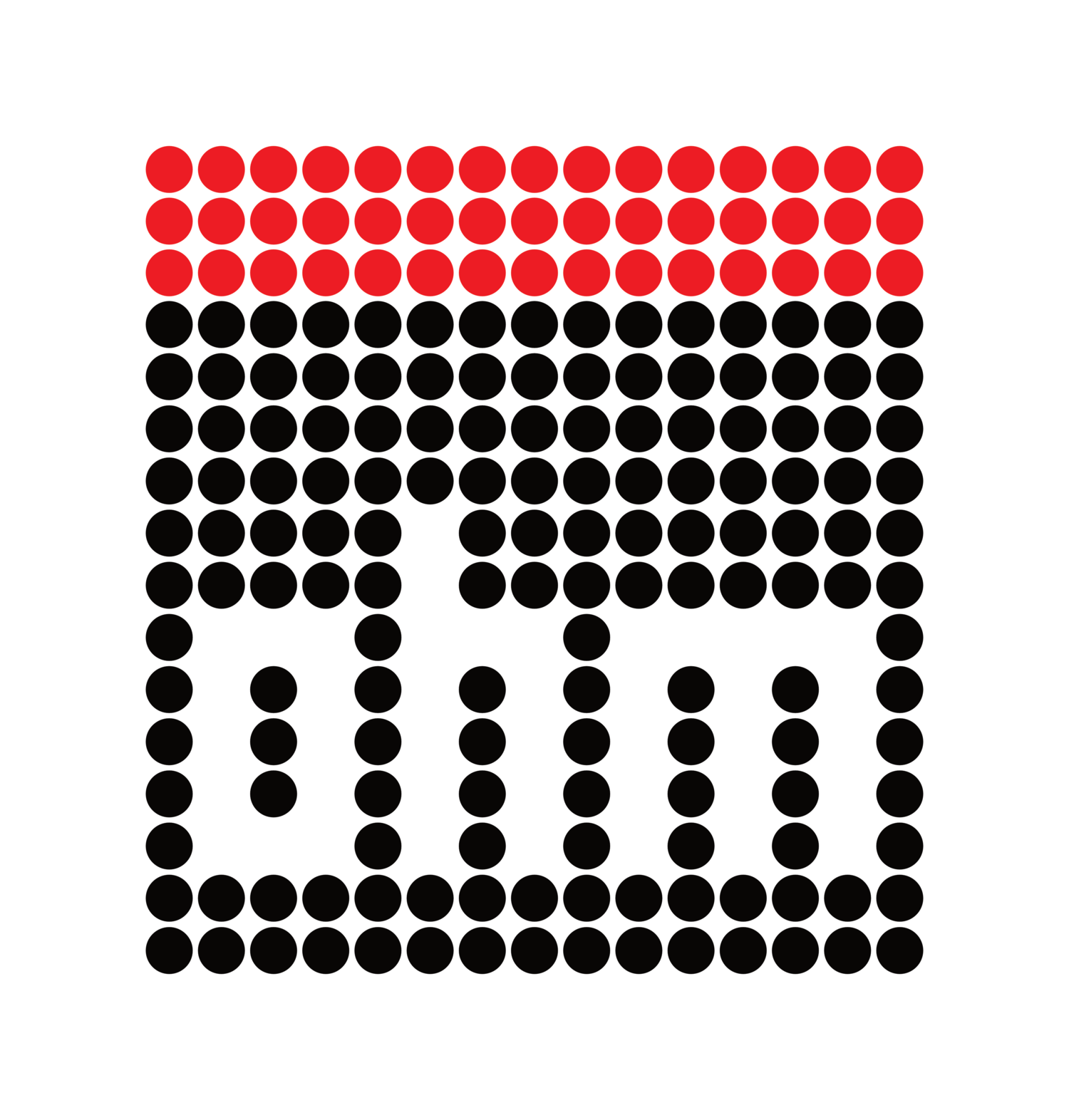This review should be considered the gold standard for this particular head. In fact, SCV Photo Ideas has many great reviews worthy of copious note taking.
“Having in mind that this is a newly released product with an innovative approach to the low profile design, some operational irregularities or small design flaws that need improvement may be expected.
Sunwayfoto’s public Invitation for testing and reviewing the new XB ball head series, declares a company that lacks arrogance and accepts well intended criticism for the betterment of their products.
On the other hand a few minor flaws cannot obscure the built quality, the great stability and the smoothness of operation under different loads.
Therefore, I consider the XB-44 Low Profile Ball Head a top product, which after a little refinement yet may be ranked above competition.”
What ohm's review and SCV's review completely agree on is that the FB-44 is a fantastic low profile ball head; therefore, it is something many photographers have been hounding after. Sunwayfoto obviously responded to SCV's criticisms as the clamp design and overall polish of the 2013 FB-44 are well and away over what I see at SCV.
I think it fair to say that we should expect great and still greater things from Sunwayfoto in the months and years to come.










